We may earn money or products from the companies mentioned in this post. This means if you click on the link and purchase the item, I will receive a small commission at no extra cost to you ... you're just helping re-supply our family's travel fund.
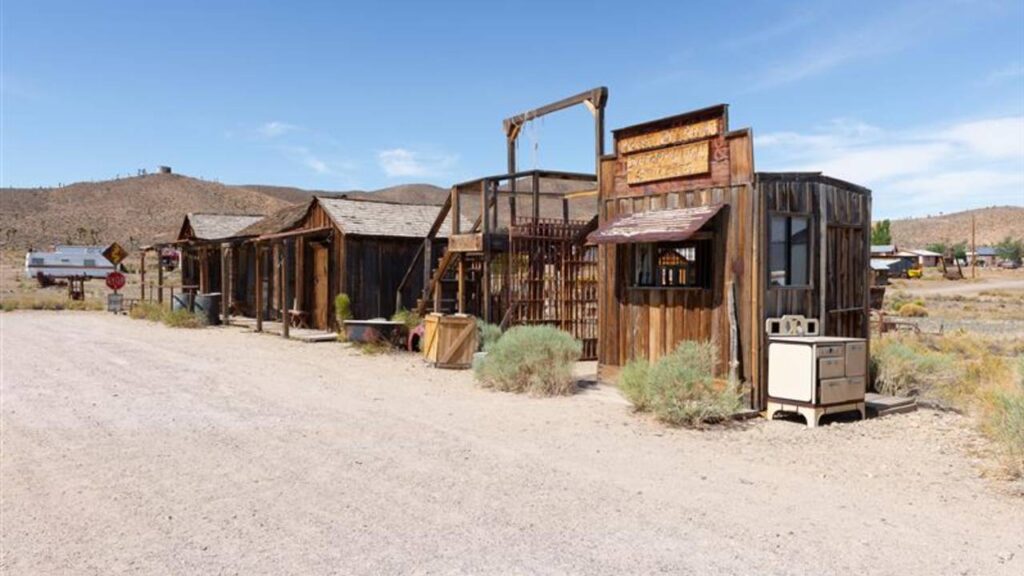
Beneath Nevada’s vast desert skies lie remnants of towns once rich with gold, silver, and ambition. When mining boomed, entire cities sprang to life overnight—only to be abandoned as quickly as they rose. Today, over 600 ghost towns scatter the state, offering eerie beauty, haunting history, and timeworn architecture. From crumbling jails to empty saloons, these forgotten places tell powerful stories. Some are preserved relics, others “living” towns with a few resilient residents. Whether you’re a thrill-seeker, photographer, or history buff, Nevada’s ghost towns are calling you to roam the silence of the Wild West.
1. Rhyolite
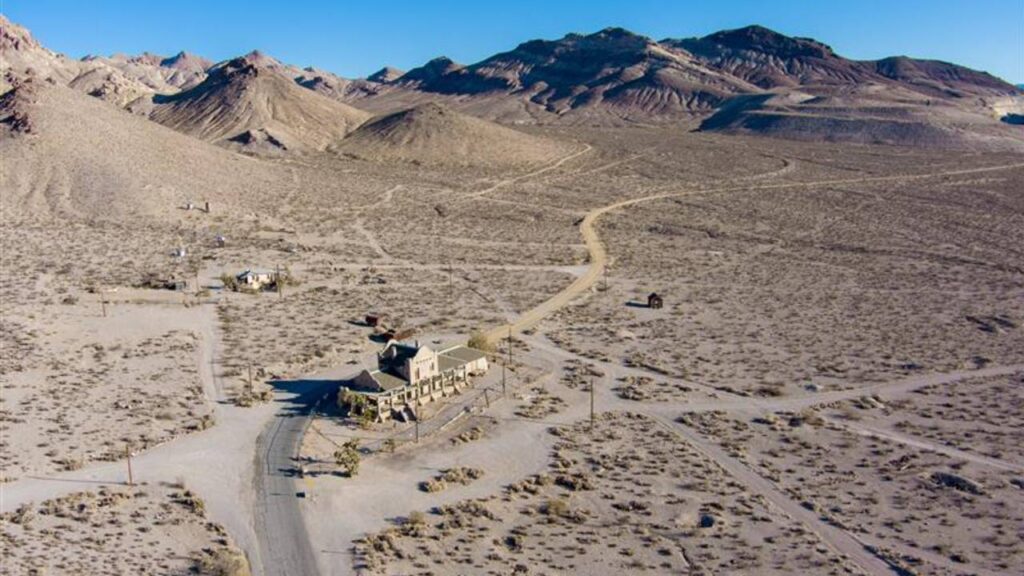
Once home to 5,000 people, Rhyolite rose during the early 1900s silver boom and faded just as fast. After an earthquake disrupted access, its bustling saloons, hotels, and train station emptied. What remains are striking ruins and the quirky Goldwell Open Air Museum. Visitors flock here to photograph crumbling facades and sculptures that blend art and decay. Rhyolite stands as one of Nevada’s most cinematic ghost towns, where broken walls whisper stories of fortune seekers who vanished with the mines.
2. Jarbidge
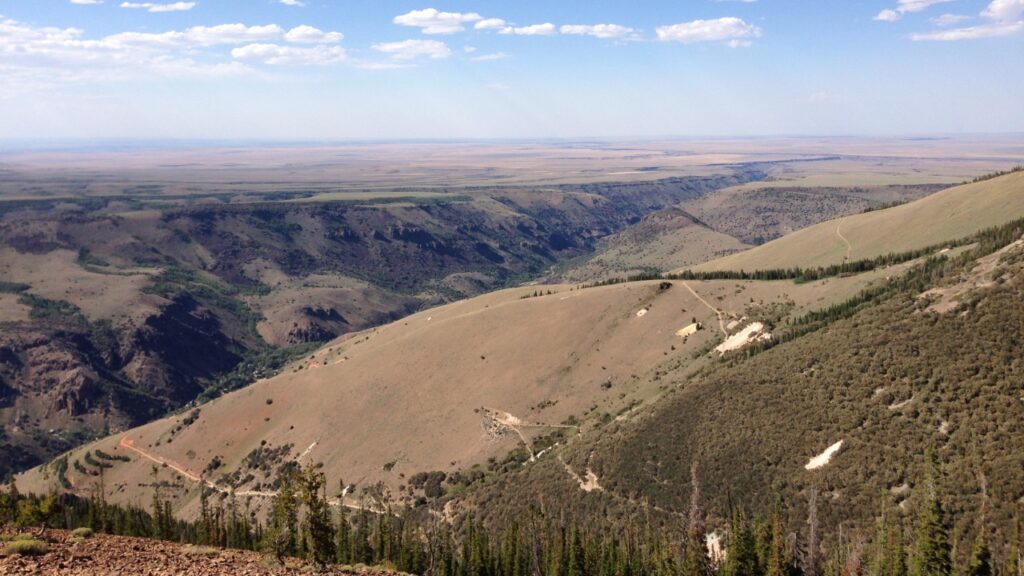
Hidden deep in northeastern Nevada, Jarbidge is a “living” ghost town where only a few residents remain. It was one of the last towns born of the Gold Rush. The original jailhouse and miners’ cabins still stand, worn by time. With no paved streets and just one intersection, this remote gem is a portal to the past. Rugged scenery surrounds the town, making it ideal for off-the-grid explorers craving authenticity, ghost stories, and wild serenity.
3. Goldfield
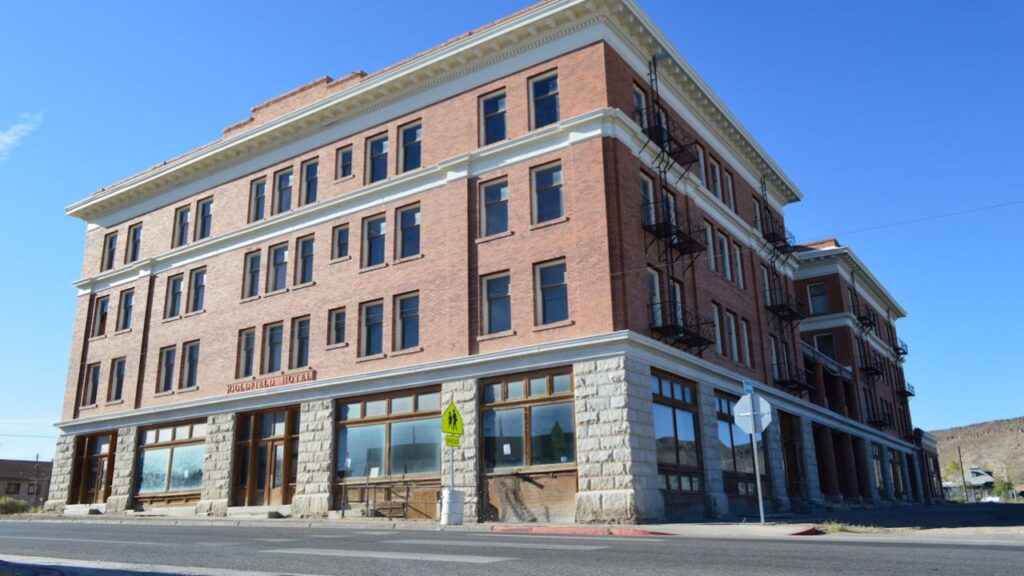
Once the largest city in Nevada, Goldfield drew crowds with promise—and then crumbled. Home to 30,000 at its peak, today fewer than 300 remain. The once-glamorous Goldfield Hotel still looms with tales of hauntings. Visitors can explore the courthouse lit by Tiffany lamps, abandoned vehicles, and empty alleys that feel trapped in 1907. Time stopped here, but its eerie stillness and Victorian bones attract photographers and paranormal seekers from around the world.
4. Pioche
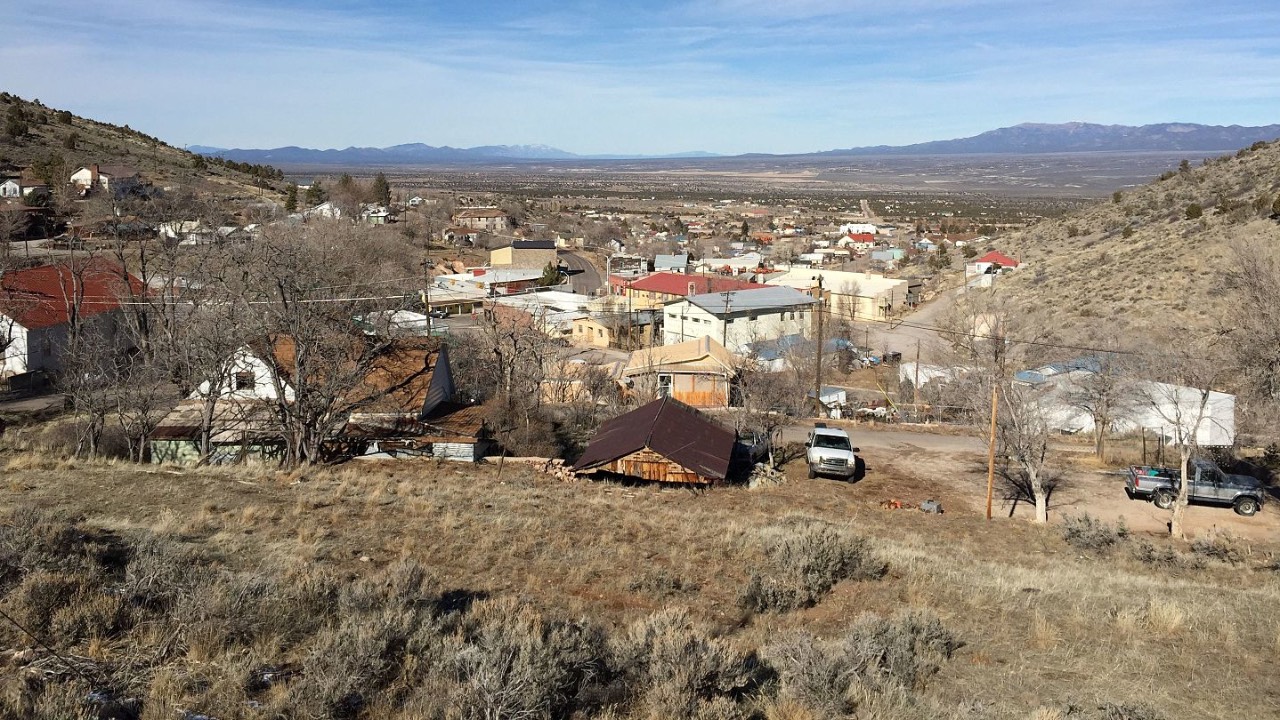
Silver drew thousands to Pioche, but violence kept it wild. More men died here from gunfire than natural causes during its boom. Visitors can walk the wooden sidewalks to the haunted Overland Hotel, explore the Million Dollar Courthouse, and pay respects at Boot Hill Cemetery. Its original tramway cables still stretch across town, creating a surreal contrast of relic and desert view. Pioche isn’t just historic—it’s gritty, haunted, and unapologetically authentic.
5. Belmont

Located in central Nevada, Belmont boomed with silver in the 1860s. When the mining stopped, people stripped homes of timber and left. Today, the town remains half-standing—churches, saloons, and homes missing roofs. The Belmont Courthouse is a stunning relic of frontier justice. Visitors feel like time travelers as they roam its windblown ruins. Despite its skeletal state, Belmont’s historic energy pulses through its hollow windows and quiet hills.
6. Berlin
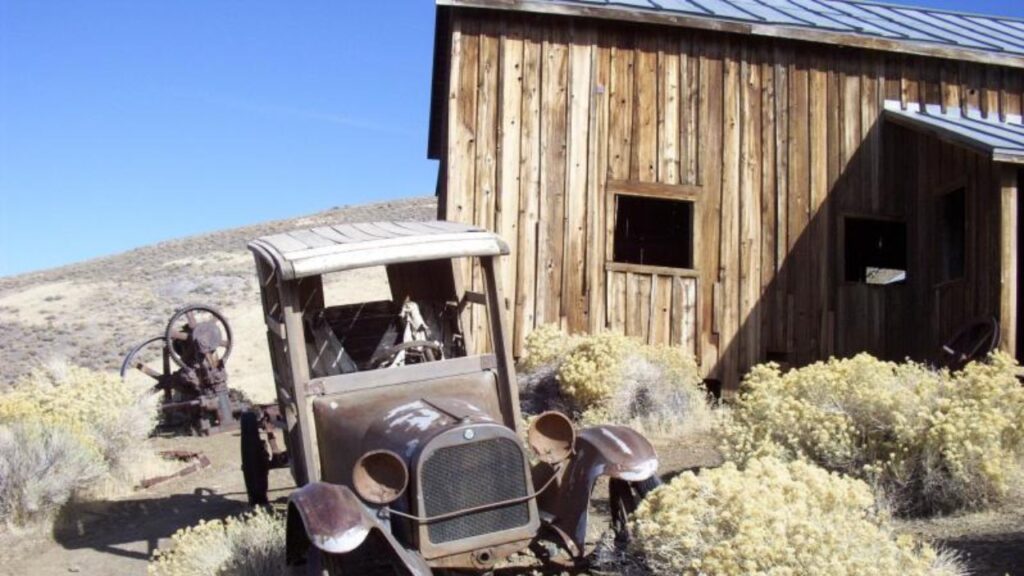
Tucked inside Berlin-Ichthyosaur State Park, this ghost town offers a preserved snapshot of mining life. Cabins still house original furnishings, a machine shop remains intact, and a massive stamp mill dominates the scene. Nearby, visitors can explore fossils of ancient sea creatures, blending prehistoric wonder with industrial past. Berlin is less a ruin and more an open-air museum—where geology and history collide in one unforgettable stop.
7. Unionville
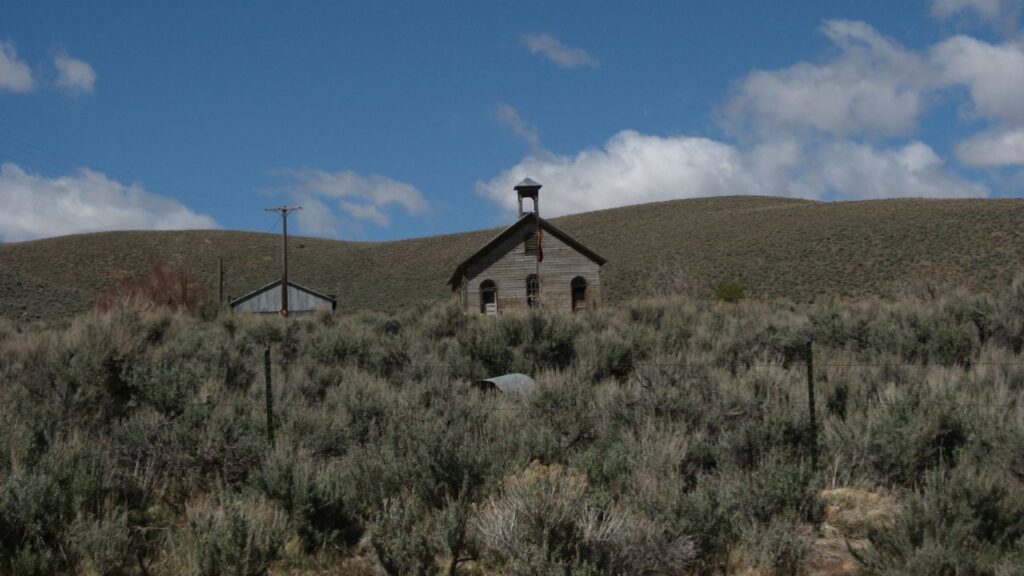
Unionville once lured prospectors with gold—including Mark Twain, who famously wrote about his rough experience here. His old cabin still leans into the hillside, though it’s no longer safe to enter. Crumbling stone homes and rusted equipment lie scattered across a serene valley. It’s a quiet place to reflect, to feel history, and to walk in the steps of dreamers who dared everything in search of gold.
8. Gold Point
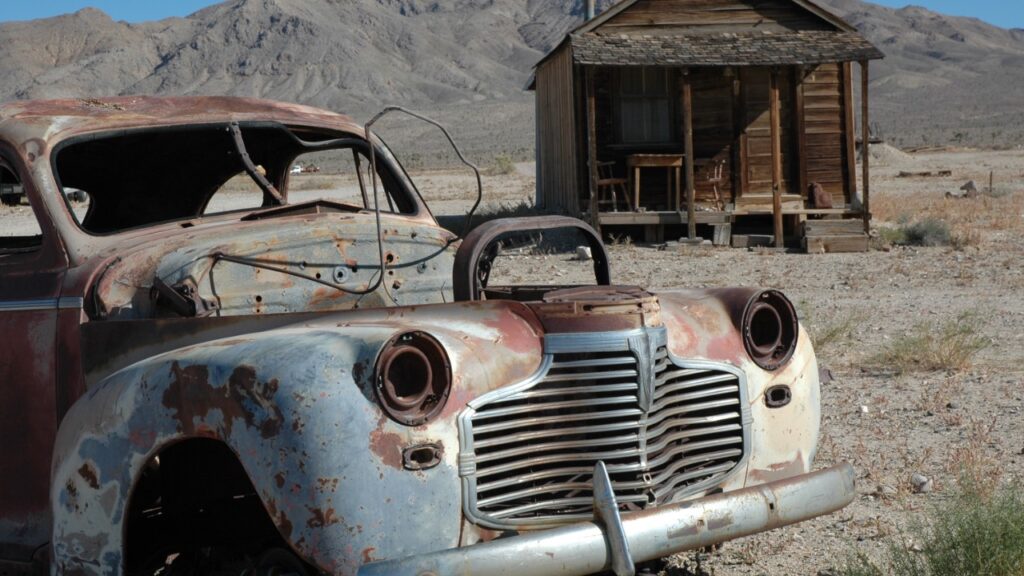
Gold Point would be dust if not for Herb Robbins, who turned it into a living relic. Visitors can now stay in refurbished miner cabins, sip whiskey in a vintage saloon, and feast under starry skies. The town blends preservation with personality—ideal for travelers who want immersion, not just observation. Few ghost towns invite you to spend the night in such quirky, cinematic fashion.
9. Metropolis
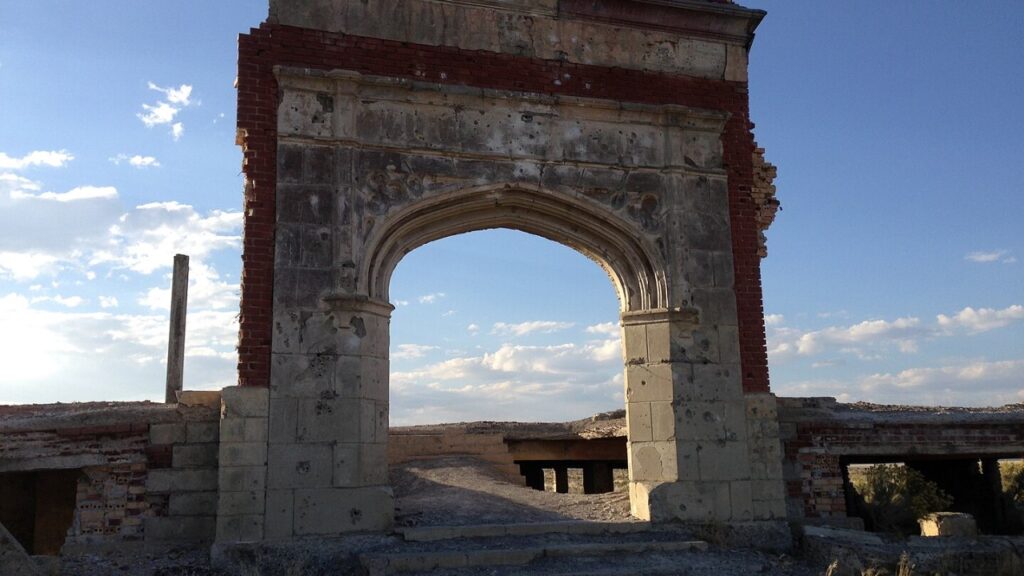
Despite its name, Metropolis never took off. This agricultural utopia failed from the start due to water issues. Today, visitors can find its schoolhouse standing like a lonely giant in the sagebrush. The surrounding cemetery adds to the haunting stillness. Its quiet downfall makes it a must-see for those fascinated by ambition undone by nature—and by the resilience of structures long forgotten.
10. Tuscarora
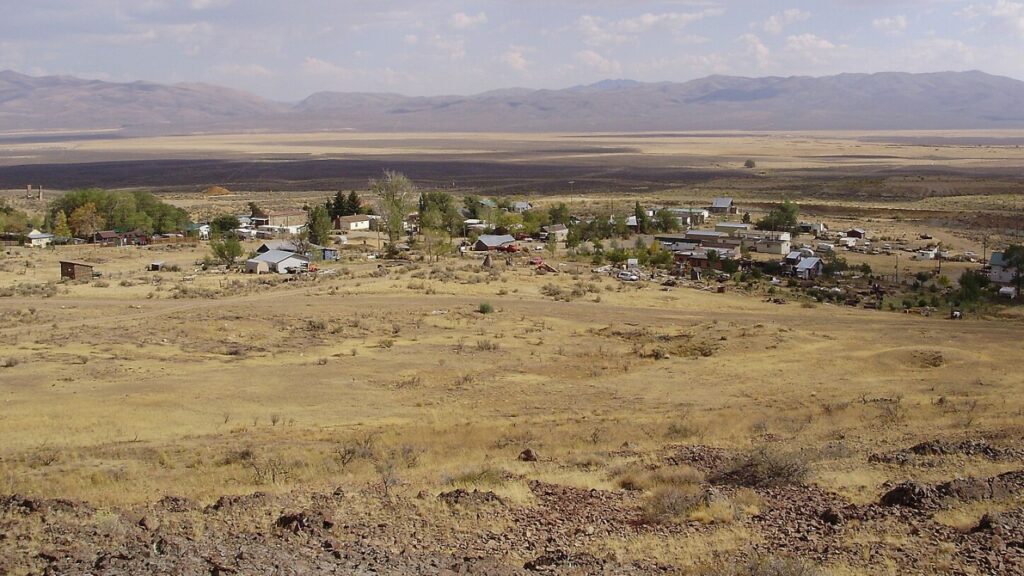
A blend of ghost town and artist enclave, Tuscarora is unlike any other on the list. Originally a Chinese mining camp, it later attracted creatives drawn to its isolation and charm. Historic buildings now serve as studios, and art still flows through the silent streets. It’s not abandoned, but it’s certainly off the grid. For those seeking inspiration, Tuscarora offers solitude wrapped in history and silver dust.
11. Palmetto
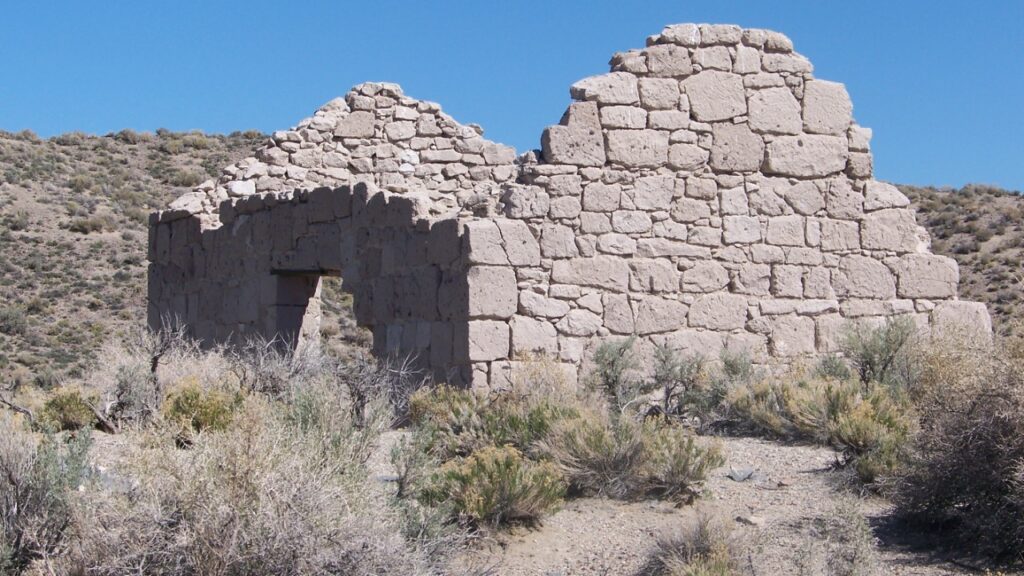
Palmetto’s stone ruins peek out along the lonely road between Goldfield and Death Valley. Established in the 1860s, its mining heyday was short-lived. Today, tall chimneys and crumbled walls remain under a wide-open sky. The silence is palpable, broken only by desert wind. It’s the kind of place that invites introspection—and dramatic photos for those willing to detour into the middle of nowhere.
12. Tybo
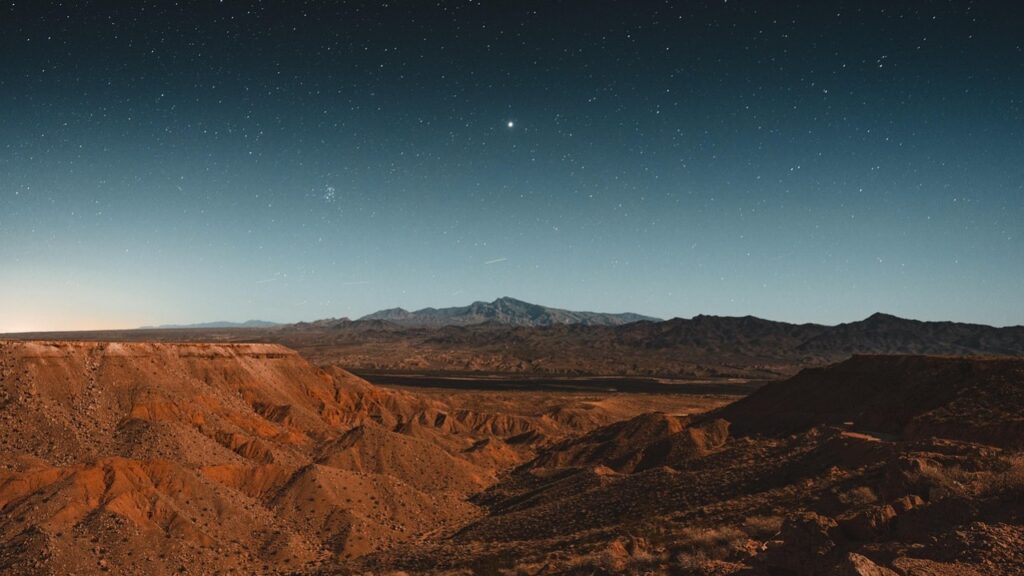
Nestled in the Hot Creek Mountains, Tybo hides old cabins, an eerie schoolhouse, and mine entrances swallowed by sagebrush. It was once a major silver producer but faded fast. The site is tough to reach, requiring a reliable vehicle, but it rewards the determined with raw, untouched atmosphere. Tybo is for explorers who want their ghost towns wild and whispering with forgotten stories.
13. Manhattan
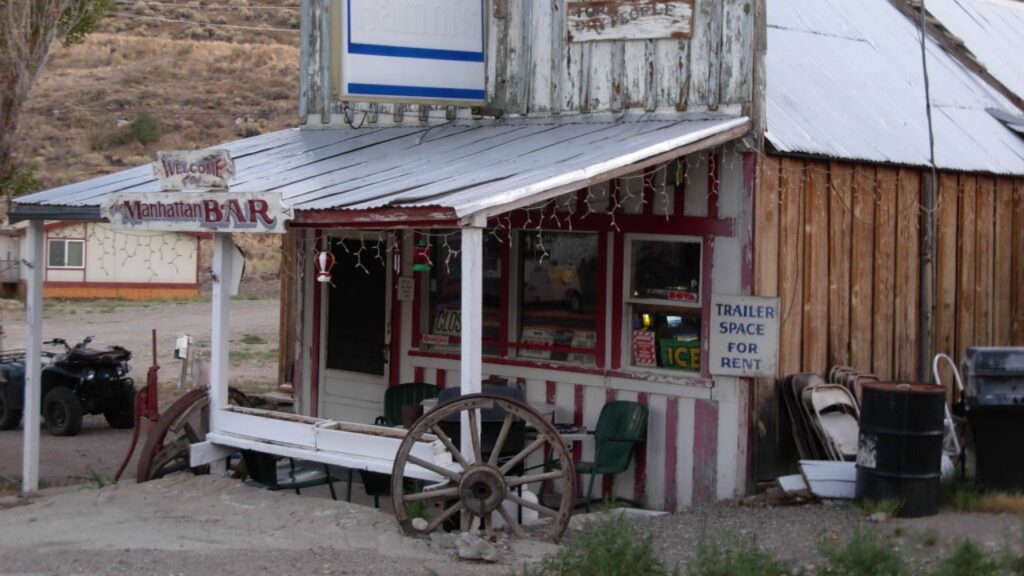
Not far from Tonopah, Manhattan was once home to banks, hotels, and thousands of miners. Fires and economic downturns turned it to dust, though a few residents remain today. Visitors can wander through scattered relics, abandoned buildings, and desert silence. This Manhattan isn’t bright lights and skyscrapers—it’s tumbleweeds, grit, and resilience that won’t fully fade away.